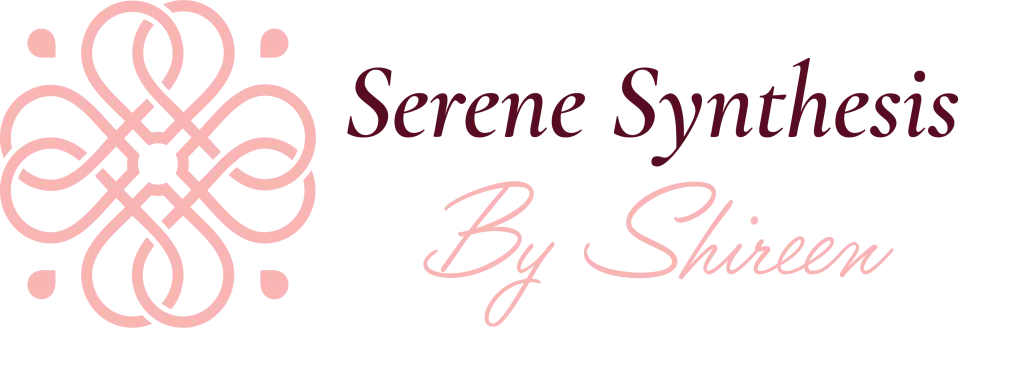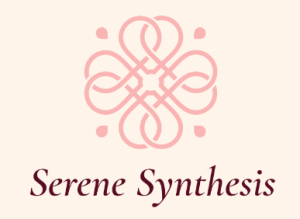In organizations across the UAE and Asia, the default response to performance gaps is often the same: training. New slides, workshops, or e-learning modules promise to equip employees with skills that should, in theory, transform results. Yet, months later, leaders notice the familiar pattern: the behavior hasn’t changed, and the learning hasn’t “stuck.”
Why? Because knowledge alone does not equal behavior change.
The Psychology Behind Behavior Change
Human behavior is shaped not just by what we know, but by how we integrate that knowledge into the context of daily life. Neuroscience and psychology repeatedly show that habits, mindsets, and emotional triggers are the invisible levers behind performance.
- Cognitive load: People can absorb information in a workshop, but applying it in the real world requires navigating competing priorities, stress, and pre-existing habits.
- Emotional anchoring: Many behaviors are tied to emotional triggers. For example, a team member may know they should give constructive feedback, but fear of conflict or social judgment keeps them silent.
- Identity and self-concept: Change is more sustainable when it aligns with one’s sense of self. For example, a manager who sees themselves as a “people developer” is far more likely to implement coaching techniques than one who sees their role purely as a task executor.
In short, learning without integration is like planting seeds in barren soil — the potential is there, but nothing grows.
Why Coaching Complements Training
Coaching bridges the gap between knowledge and action by being experiential, reflective, and personalized.
- Self-awareness & reflection: Coaching fosters deeper understanding of motivations, barriers, and how behaviors impact performance.
- Accountability through rhythm: Regular coaching check-ins encourage consistent practice and application.
- Contextual adaptation: Coaches help individuals tailor skills to their real workplace scenarios.
- Psychological safety: Coaching offers confidential space to explore doubts and failures—critical for transformation.
Research supports this approach. For example, the International Coaching Federation (ICF) reports that organizations combining training with coaching see higher ROI in performance, engagement, and workplace culture compared to training alone. Similarly, neuroscience studies underscore that repeated, contextual practice — guided by feedback — is essential for rewiring habitual behavior.
A Simple Rule for Sustainable Change
Organizations often underestimate the psychological complexity behind performance gaps. Simply put:
Training provides the “what.” Coaching provides the “how” and the “why.”
Without coaching, employees might leave a workshop inspired but return to routines that reinforce old behaviors. With coaching, they translate knowledge into action, align it with identity, and navigate the emotional landscape of change.
The Bottom Line
Behavior change in the workplace is a deeply human process, influenced by cognition, emotion, and identity. Organizations that invest solely in training risk the frustration of untapped potential. Those that integrate coaching — structured, reflective, and personalized — unlock real transformation.
In today’s fast-paced, high-stakes business environments, the difference isn’t just skill acquisition — it’s sustainable, human-centered change.
At Serene Synthesis, our coaching-led workshops are designed with organizations in mind — blending training with live coaching to ensure employees don’t just absorb knowledge, but translate it into everyday behaviors. We focus on measurable impact: stronger communication, more resilient teams, and leadership that inspires trust and performance. If you’re exploring how to create lasting cultural change in your workplace, book a free discovery session with us to discuss your organization’s needs.


